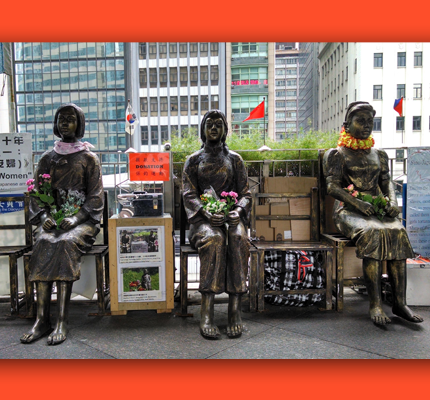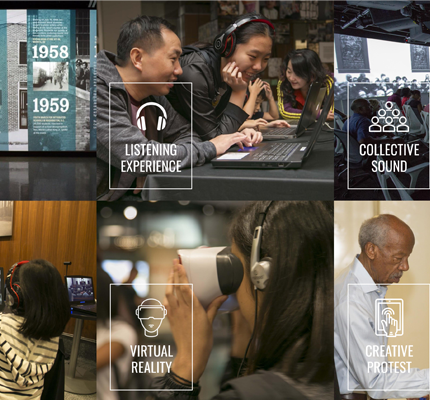August 1, 2016
Stock photos are widely available on the internet. Organizations of all kinds, for-profit and nonprofit alike, rent the usage rights for these images as a low-cost way to incorporate professional-looking photographs into their communication materials (advertisements, newsletters, brochures, etc.). However, stock photos often depict and reinforce stereotypes, which can especially impact the 90 percent of young adults who use social media and are exposed to these stereotypes regularly.
Michelle Fetherston of the University of Wisconsin–Milwaukee created an activity for students in Organizational Communication courses to help them identify stereotypes that are created or reinforced by images that are frequently used in communication materials, explain how these stereotypes influence communication and relational barriers in organizations, and propose ways to overcome implicit stereotypes in organizational settings.
The Activity
For this activity, ask students to read chapter 12 of the 7th edition of Katherine Miller’s Organizational Communication: Approaches and Processes.
Divide the students into small groups of three to four, and assign each group a keyword to search on one or two popular stock photo sites such as iStockPhoto or Getty Images. Examples of terms students could be assigned include woman, man, gay, lesbian, minority, disability, diversity, multicultural, organization, workplace, and leaders. Each group should review their search results and identify the common characteristics or stereotypes they see in the images. For example, students could notice that for the keyword “disability,” the vast majority of photos will contain a person in a wheelchair. Have the groups choose a photo that exemplifies one or more of the common stereotypical characteristics they observed and provide the instructor with the URL for that image. This portion of the activity takes between 10 and 15 minutes.
Instructors must have access to a projector to display examples identified to the entire class. The instructor should project the representative images and ask the student groups to identify their keyword and explain the stereotypes they identified. The process of presenting the keywords and images to the class takes between 5 and 10 minutes, depending on the number of groups.
Debriefing
After the students present their representative images and the common characteristics or stereotypes they observed to the class, invite all students to share their reactions. For instance, students might find that a search for “woman” brings up women who are young, attractive, and portrayed in social situations more often than in the workplace, in sharp contrast to the results for a search for “man.”
The instructor can then bring the discussion of stereotypes back to organizational communication by asking questions such as: What are some ways the stereotypes portrayed in these images influence perceptions of individuals in different social categories? Which, if any, stereotypes seemed more positive than negative? What potential problems might nevertheless emerge from these “positive” stereotypes?
Diversity can be a challenging topic to discuss in class. However, viewing examples of stereotypes in class can lead to a “thoughtful and safe discussion about diversity because students [are] able to identify stereotypes from an outside source before having to consider stereotypes they might personally hold,” Fetherston notes.









